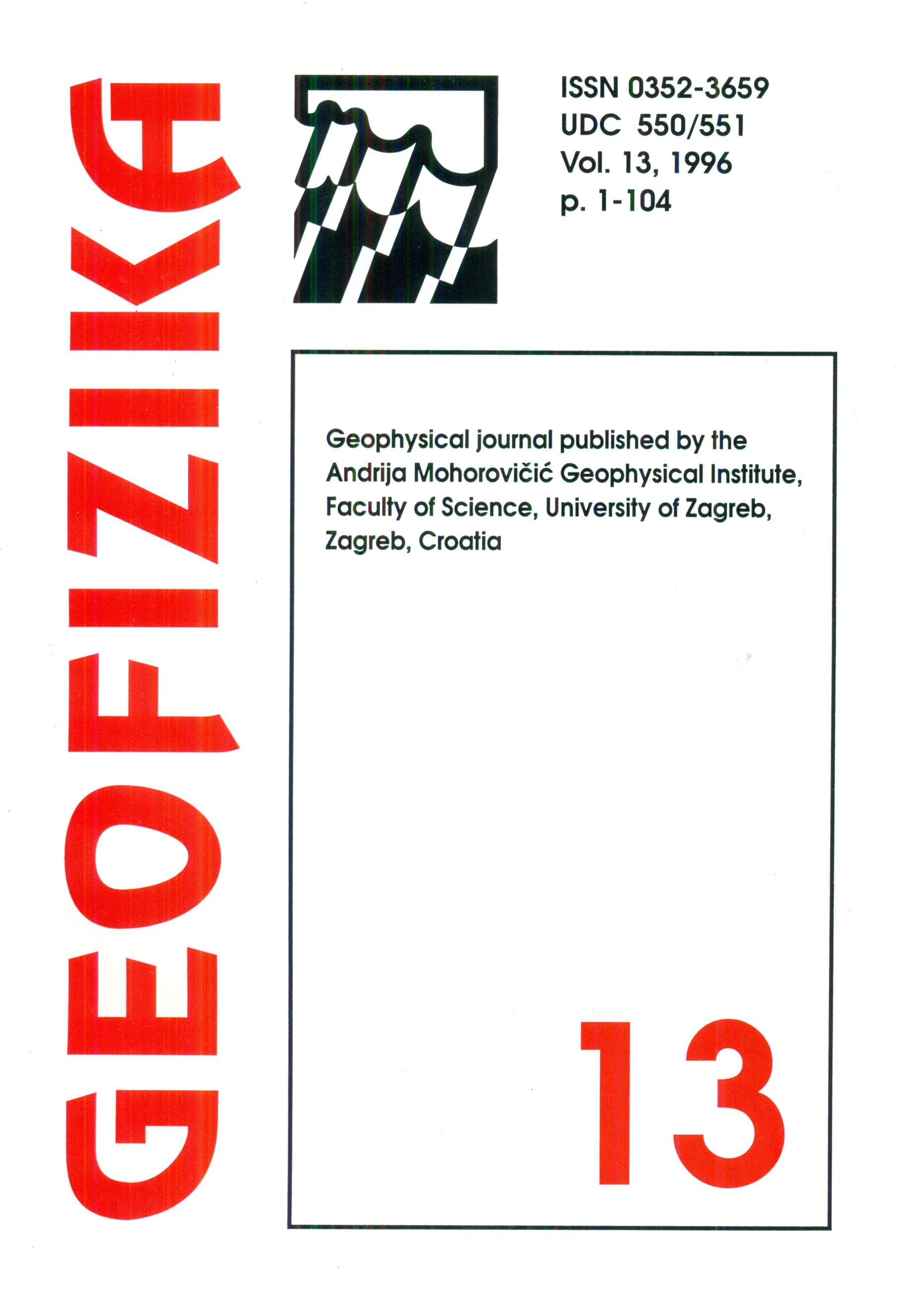An elementary model of density distribution, thermohaline circulation and quasigeostrophic flow in land-locked seas
Keywords:
Seawater density, thermohaline circulation, quasigeostrophic flow, land-locked seasAbstract
Density distribution and currents generated by the surface and coastal buoyancy flux in a land-locked basin are considered. A simple conceptual model is developed for the case when the surface buoyancy loss (gain) is locally balanced by the coastal buoyancy gain (loss). The model predicts cross-shore density gradient, coast-to-surface directed hydraulic flow, and thermohaline circulation characterized by upwelling (downwelling) along the coasts and downwelling (upwelling) prevailing over the greater part of the basin. Due to deflecting influence of the Coriolis force, long-shore currents appear as well, both barotropic (related to the hydraulic effect) and baroclinic (connected with the thermohaline circulation). The model shows some similarity with the winter residual dynamics of the Adriatic Sea. In particular, it predicts surface cyclonic circulation under the surface buoyancy loss that balances coastal buoyancy gain, in fair agreement with the observations. It is stressed, however, that the primary purpose of the model is didactic, as it bridges the gap between qualitative interpretations of the buoyancy-driven processes in inland seas and complex models which allow for more sophisticated parameterizations of friction, nonlinear coupling of differently generated phenomena, joint effects of baroclinicity and relief, and/or spatial variability of buoyancy forcing.
Downloads
Published
Issue
Section
License
Copyright (c) 2021 Geofizika journal

This work is licensed under a Creative Commons Attribution-NonCommercial 4.0 International License.

